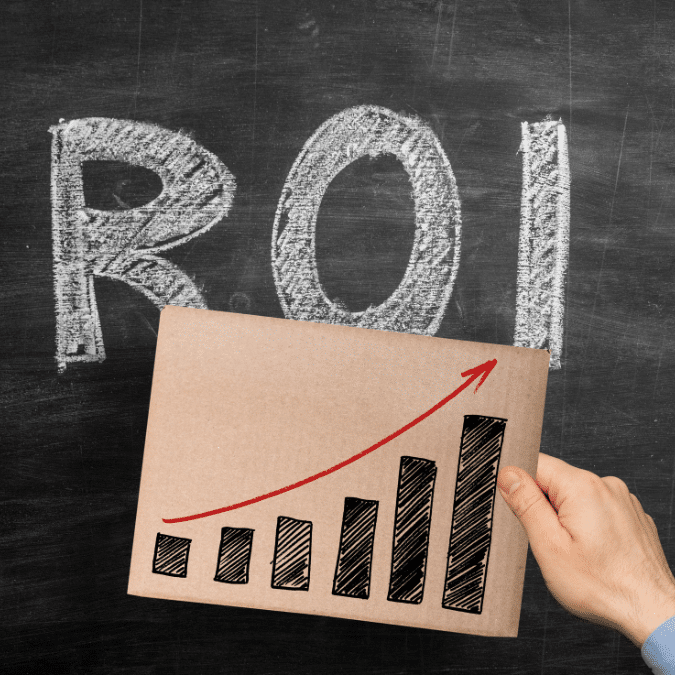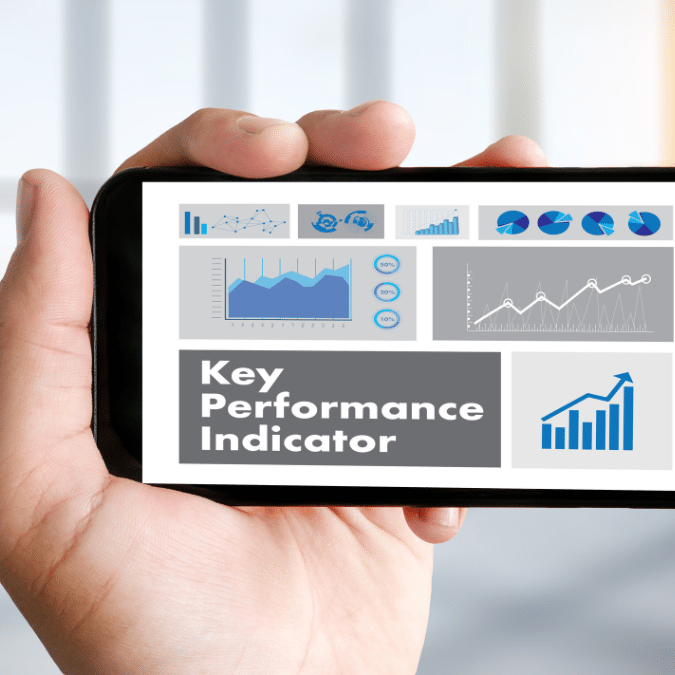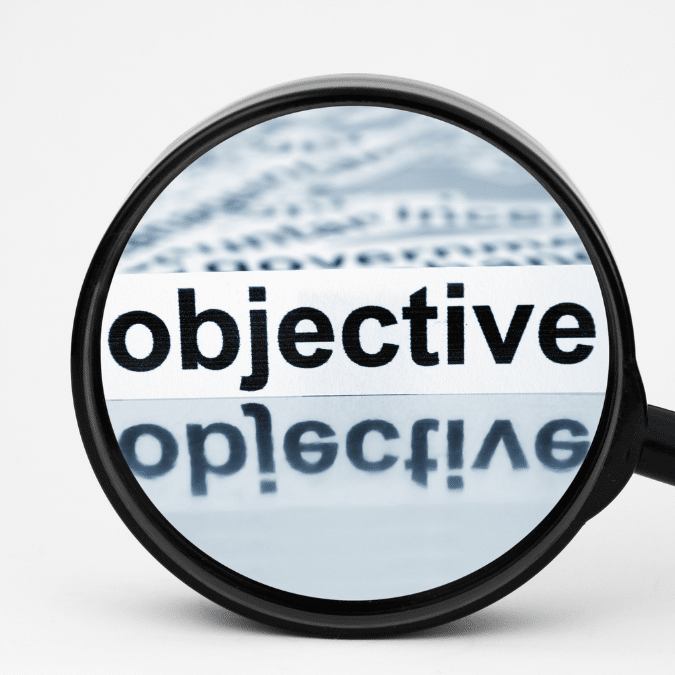How and with what techniques should influencer marketing campaigns be measured? How do you collaborate with the greatest influencers to achieve the results and objectives you set out in your influencer campaign brief?
Let’s look at how to organize a campaign and track KPIs to measure influencer performance and sales tracking.
Instagram and social media in general, is currently a quick and extremely successful way to increase a brand’s notoriety. Measuring the performance of a campaign including influencers is critical. What are the key performance indicators (KPIs) for measuring the success of an Instagram campaign with an influencer?
Its ROI, or Return on Investment, must be carefully assessed and considered before proceeding. Although this type of marketing is relatively inexpensive and thus clearly affordable for smaller organizations, some influencers will promote your brand in exchange for:
- products, free
- an additional sum of money,
- or a long-term partnership, which may include affiliation, for example.
In all circumstances, it is a marketing expense for your company.
Steps to Creating a Great Influencer Marketing Campaign Brief

- Validate the UGC-created content: Is the user-generated content of high quality? Is it true to the brand and the campaign? Hashtags are permitted.
- Follow-up on content publication: Comments, reposts, likes, Stories, and Live. Is everything in sync?
- Improve / Increase interaction and discussion: Is it necessary to boost the campaign? Involve more media or influencers?
- Analyze and improve performance: Is the objective upheld? Should the performance be tweaked?
- Listen to and report on campaign feedback: What are the final results of the analysis with influencers?
Now that you’ve learned how to set up and launch your first Influencer Marketing campaign, let’s go over all of the procedures involved in measuring the success of your campaign.
We can measure anything on the Internet, including campaigns and advertising, with the ROAS (Return On Ad Spent), which is a measure of the return on investment of an advertising expenditure.
Here’s how you correctly measure the return on investment of all your influencer initiatives, just like an advertising campaign.
What are the goals of an influencer marketing campaign for accurate ROI tracking

The first and most critical step in any influencer marketing program is to establish specific campaign goals. Why do you want to start this campaign? Consider the question. It is not enough to launch an influencer campaign because it is trendy.
What is your goal? What is your objective?
- Make money?
- Make your brand visible to a large number of people?
- Restore your brand’s image?
- Find long-term spokespersons to promote your products?
Determine the type of influencer to work with by clearly defining your objectives.
The following are some of the most typical influencer marketing objectives:
- Boost brand recognition and sales/leads
- Reach out to a new audience/target/market.
- Improve the brand’s reputation
- Find true content ambassadors to produce… Your goals that have already been defined in the characteristics of your campaign.
If you are unfamiliar with campaign objectives and advertising, here are some tangible examples.
- Notoriety: I have a new online business making high-end leather bracelets, and I want to get my items known to an active female target in Kenya aged 20 to 35 who loves fashion and accessories.
- Sales: For December, I need to sell 130 more candy boxes between October 1 and October 31.
- Audience: I’m launching a new cosmetic product geared at young girls aged 18 to 25, which is different from what I usually do.
- Reputation: Because my restaurant has received numerous questionable poor online reviews in recent months, it is imperative that I increase the bar.
- Ambassadors: I’m looking for long-term supporters to promote a recycled clothes brand.
Define key performance indicators, KPIs, to measure the influence campaign

Once your campaign target is established, you must select the indicators that will be used to measure it. As we’ve seen in the examples, your goals must be quantifiable or percentage-based. A sales / lead / performance campaign is defined by the number of sales / leads or the percentage of turnover.
Realistically speaking. Don’t set unattainable targets, such as expecting this influencer campaign to create 15 times more sales than all of your other channels combined. Establish a reasonable timetable: Observe an increase in sales/traffic/followers within 2-3 weeks of campaign launch.
Consider how video and IGTV/reel content performs over time; make sure you don’t stop tracking as soon as the influencer campaign ends. This is a common blunder; we will forget to count and measure in the long run.
What are the KPIs to choose to measure your influencer campaign on Instagram?

Assume your campaign’s purpose is to raise brand recognition. Your performance indicators can comprise a variety of metrics that you can track (follow up on), such as:
- The total number of impressions,
- Count of brand mentions,
- Increase in subscriber numbers,
- Brand involvement has increased.
If you’re undecided about which statistic to utilize, look at the most popular performance metrics used by other marketers. How do you evaluate the success of your Influencer Marketing campaign? In order of significance, below are the answers:
- Engagement
- Impressions
- Conversions
- Scope Product Sales
Develop objectives, KPIs and performance measures for each influencer

What matters is that you immediately learn and verify which influencers contribute to the campaign’s success. We must isolate them while yet encouraging them.
Setting personalized goals for your influencers, on the other hand, can appear complicated and even scary to the less efficient. Nonetheless, it’s one of the best methods to push them and produce greater results.
If your overall campaign goal is to achieve 130 sales, or 1000 USD in revenue, an individual influence aim would specify the minimum amount that the influencer must generate within this time frame.
Your best influencer, for example, should produce the following results:
- Total impressions
- Sales page clicks
- The average percentage of involvement – 3%.
- 35 conversions
- 2 posts + 1 video reel + 2 stories
With this information, you may assess the performance or impact of each influencer, given that the goals you set are realistic and that you thoroughly research and agree with them. If he/she excels and provides more, keep them in mind for future efforts and reward them appropriately.
Select the finest platform for influencer tracking and study. You can do it manually if it’s a tiny campaign or you’re just starting off. There are tools on the market if you are seeking for an all-in-one solution to assess the performance of your influencer marketing on Instagram or other social networks. Some of these technologies include not just the KPIs listed above, but also personalized dashboards where you can organize yourself accordingly.
Some platforms go so far as to allow you to trace the delivery of products, from logistics to the influencer, to track postings and their performance, to contact them directly through the tool, to acquire detailed information and assess daily performance.
Measure the performance of each influencer individually

Most brands assess campaign performance overall, usually at the end of the campaign. Which is a thing of the past. Monitoring the performance of each influencer is critical since, as we have seen, not all of them are capable of selling your products. The good news is that you now understand how to quantify it and eliminate underperformers.
This is possible with a robust technique for tracking your URLs and landing sites. Your tracking is the foundation of everything; measuring it and being clear about the source of traffic will allow you to make the proper decisions and clearly identify the campaign’s shortcomings and strengths for each influencer.
Create a personalized and unique URL for each influencer. You will be able to follow the traffic coming from its content on social networks. A personalized URL for each influencer = direct traffic tracking from their reach. You can use the free Google Analytics URL builder tool which is great if you already use Google Analytic. If you prefer to use a tool to create smaller URLs you can too.
Create unique Promo Codes per influencer. Indicate a personalized discount code that each influencer will have to share. This metric is useful for attributing the sales generated by each influencer.
Challenges and Limitations in Measuring ROI in Influencer Marketing
While measuring ROI in influencer marketing is crucial, it comes with its own set of challenges and limitations:
- Attribution and tracking difficulties
Attributing conversions and sales accurately to influencer marketing can be challenging, especially when customers interact with multiple touchpoints before making a purchase. It’s essential to implement robust tracking mechanisms and attribution models to overcome these difficulties.
- Vanity metrics vs. meaningful data
Vanity metrics such as likes and follower counts may not always reflect the true impact of influencer marketing. Focus on meaningful metrics that align with your goals and objectives, such as engagement rate, conversion rate, and revenue generated.
- Lack of industry standards
The influencer marketing industry lacks standardized metrics and measurement methodologies, making it difficult to compare and benchmark the performance of different campaigns. As the industry evolves, efforts are being made to establish industry standards and guidelines for measuring ROI.
Despite these challenges, measuring the ROI of influencer marketing is essential for optimizing campaign performance and maximizing the return on investment. By employing best practices and utilizing the available tools and metrics, brands can gain valuable insights into the effectiveness of their influencer campaigns and make data-driven decisions.
Conclusion
Measuring the ROI of influencer marketing is crucial for brands to evaluate the success and effectiveness of their campaigns. By tracking key metrics such as reach, engagement rate, conversion rate, and ROI, brands can assess the impact of influencer partnerships and optimize their strategies accordingly.
Utilizing tools like social media analytics, URL tracking, Google Analytics, provides valuable data for accurate measurement. However, it is important to consider both quantitative and qualitative metrics and establish clear goals to ensure comprehensive evaluation.
While challenges such as attribution difficulties and the lack of industry standards exist, brands can overcome them by implementing robust tracking mechanisms, focusing on meaningful metrics, and collaborating closely with influencers.
Influencer marketing continues to be a powerful strategy for brands to connect with their target audience and drive results. By effectively measuring ROI, brands can make informed decisions, allocate their marketing budget wisely, and build successful long-term partnerships with influencers.




[…] is essential to measure Twitter ad campaigns’ performance and return on investment (ROI) in order to evaluate their effectiveness and make data-driven decisions regarding future […]